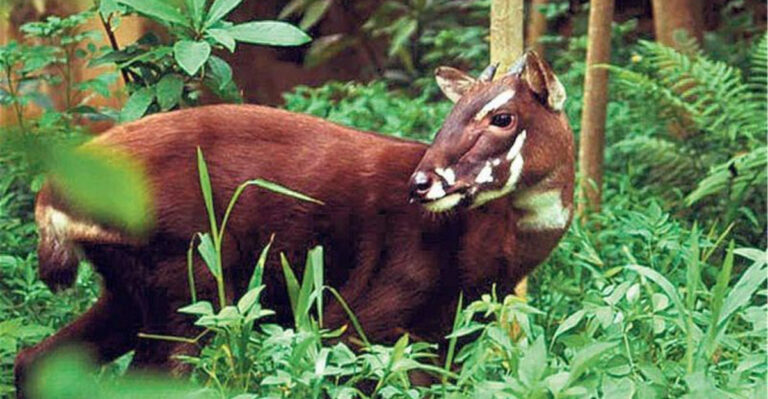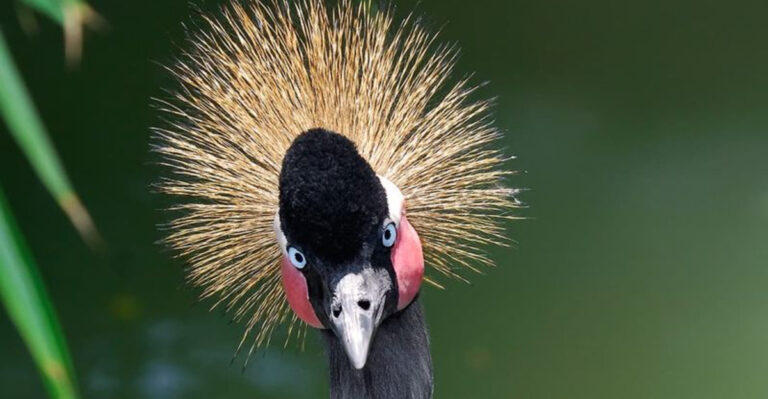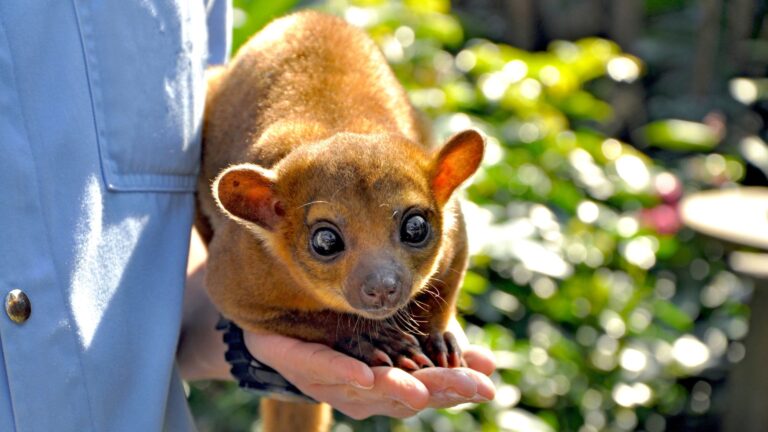15 Rare Wildlife Species You’ll Want To See (Because Your Grandchildren May Never Get To)
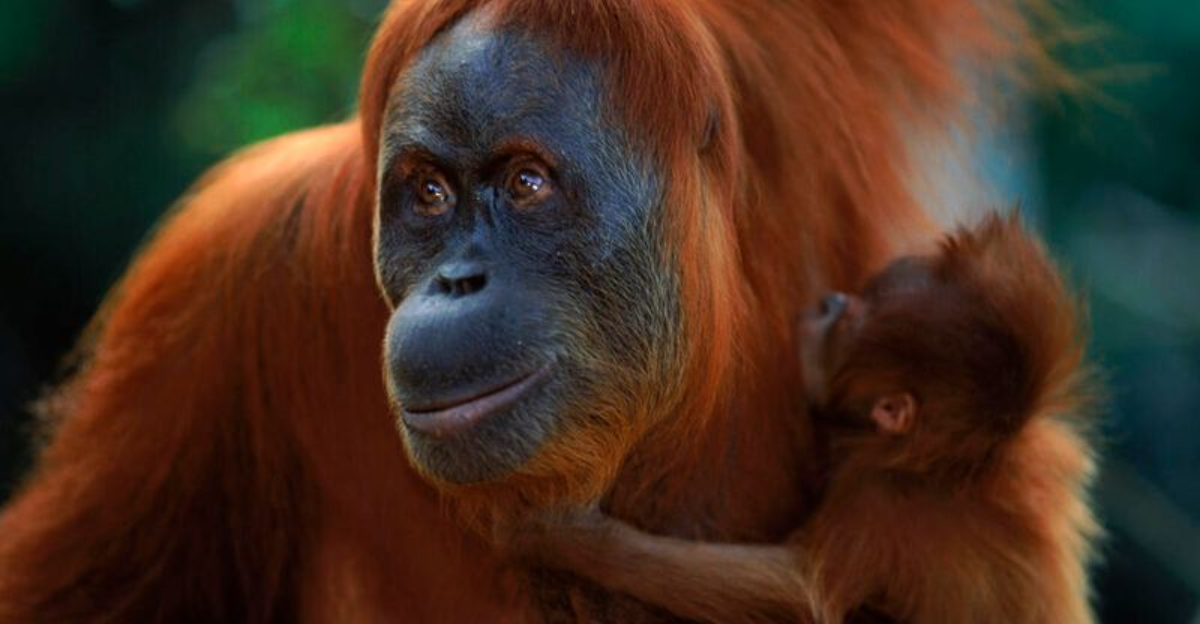
Our planet’s biodiversity is vanishing at an alarming rate, with many magnificent creatures teetering on the edge of extinction.
Climate change, habitat loss, and human activities have pushed these animals to the brink. The following rare species might disappear within our lifetime, making now perhaps your only chance to witness these remarkable animals in their natural habitats.
1. Vaquita Porpoise
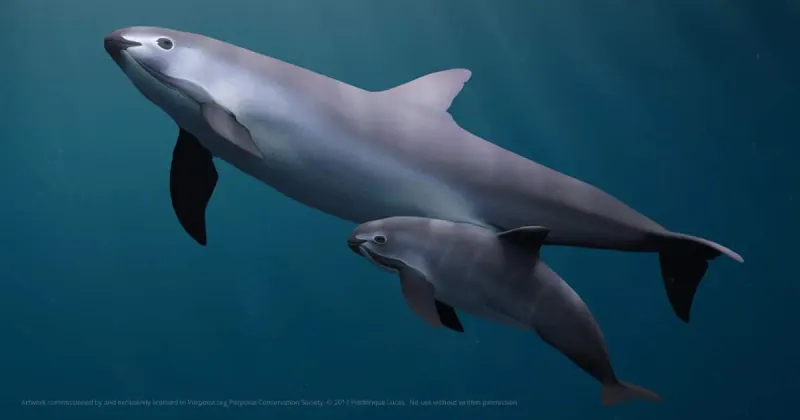
Only about 10 vaquitas remain in the wild today. These tiny porpoises, with distinctive dark rings around their eyes, swim in Mexico’s Gulf of California.
Illegal fishing nets meant for other species accidentally trap these shy mammals. Conservation efforts continue, but scientists fear we might lose this species entirely within the next few years.
2. Amur Leopard

Roaming the snowy forests between Russia and China, fewer than 100 Amur leopards remain in the wild. Their gorgeous spotted coats and ability to leap 19 feet horizontally make them extraordinary hunters.
Poaching and habitat fragmentation threaten their survival. These solitary cats need vast territories to thrive, yet their remaining habitat continues to shrink year after year.
3. Northern White Rhino
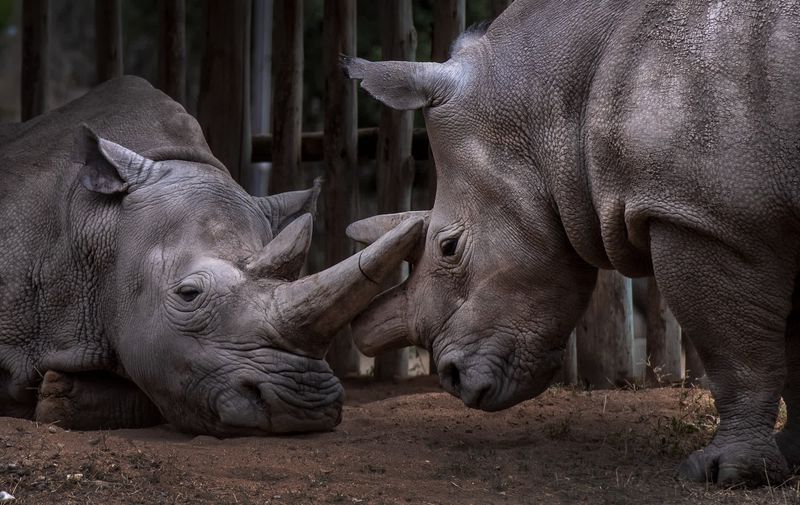
Just two northern white rhinos remain alive today, both females living under 24-hour armed guard in Kenya. The last male, Sudan, died in 2018, effectively dooming the subspecies.
Scientists hope artificial reproductive techniques might save them from extinction. Their massive bodies and gentle demeanor contrast sharply with the violence they’ve faced from poachers seeking their horns.
4. Javan Rhino
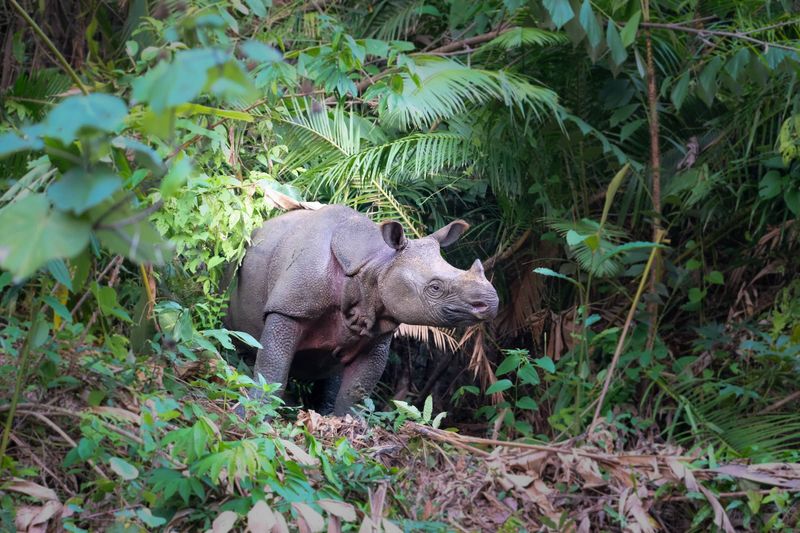
The most threatened rhino species, Javan rhinos number fewer than 80 individuals. They live exclusively in Indonesia’s Ujung Kulon National Park, making them incredibly vulnerable to natural disasters.
Unlike their African cousins, Javan rhinos have a single horn and folded skin that resembles armor plating. Their secretive nature means few people have ever seen one in the wild.
5. Kakapo
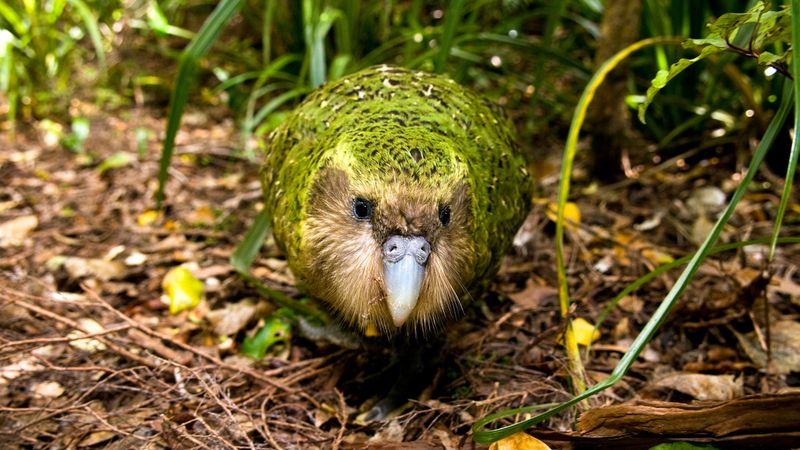
Imagine a flightless parrot that smells like honey and makes booming calls that travel for miles. That’s the kakapo, one of New Zealand’s strangest and rarest birds. With fewer than 200 individuals left, each bird has a name and receives individual care from conservationists.
Their curious nature and lack of predator awareness make them vulnerable, but intensive conservation efforts have helped numbers slowly increase.
6. Cross River Gorilla
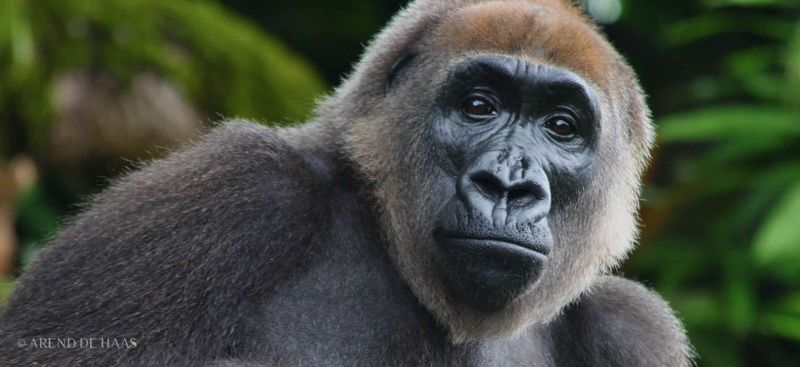
Hidden in the mountainous border region between Nigeria and Cameroon, fewer than 300 Cross River gorillas remain. These shy primates live in small family groups led by a dominant silverback male.
Hunting and forest destruction threaten their existence. Unlike their more numerous western lowland cousins, Cross River gorillas have shorter hair and slightly different skull shapes, making them genetically unique.
7. Saola

Called the “Asian unicorn,” the saola wasn’t discovered by scientists until 1992. This elusive forest-dwelling bovine from Vietnam and Laos has two parallel horns and white facial markings.
So rare that researchers have only photographed it in the wild a handful of times. Hunting and habitat loss have decimated their numbers, and no one knows exactly how many remain, possibly fewer than 100.
8. Yangtze Finless Porpoise
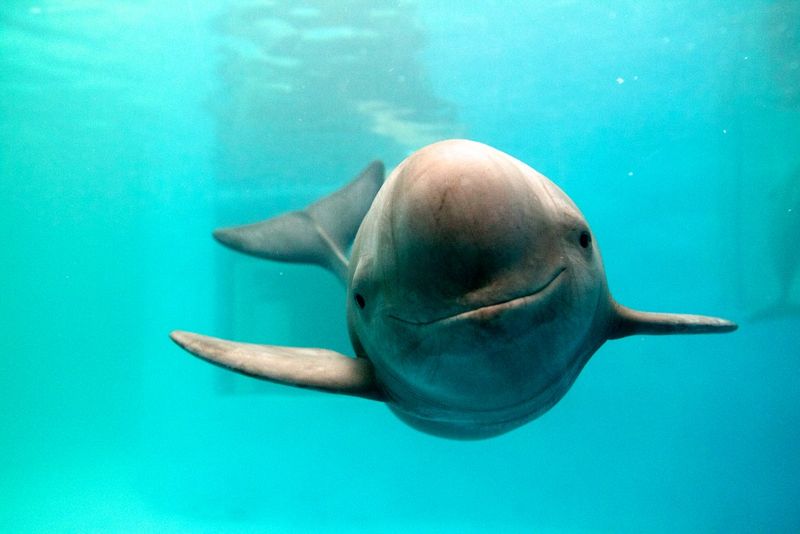
Grinning faces and playful personalities make these freshwater porpoises seem perpetually happy. Found only in China’s Yangtze River, fewer than 1,000 remain.
Unlike most porpoises, they lack a dorsal fin, having instead a ridge along their backs. Industrial pollution, dam construction, and heavy river traffic threaten their survival, with numbers declining about 10% annually.
9. Sumatran Orangutan
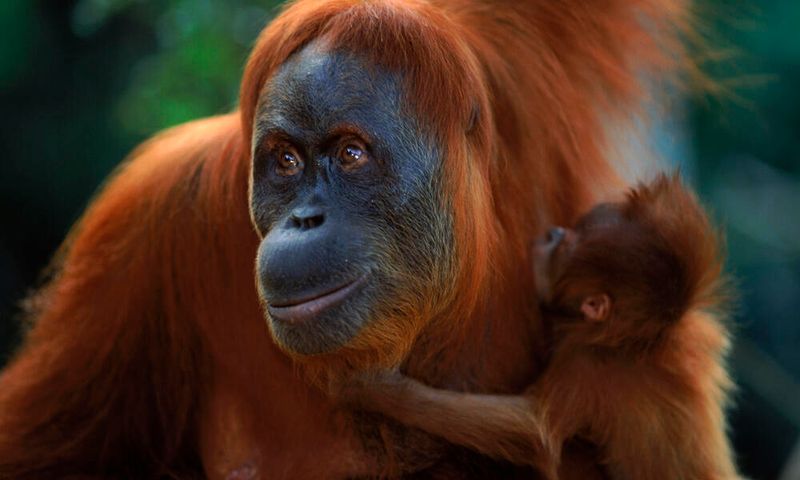
With their soulful eyes and reddish-orange fur, Sumatran orangutans share 96.4% of our DNA. Fewer than 14,000 remain in the wild, exclusively on Indonesia’s island of Sumatra.
Palm oil plantations have destroyed much of their rainforest home. These intelligent apes use tools, build elaborate nests each night, and have the longest childhood dependency of any animal besides humans.
10. Hawksbill Sea Turtle
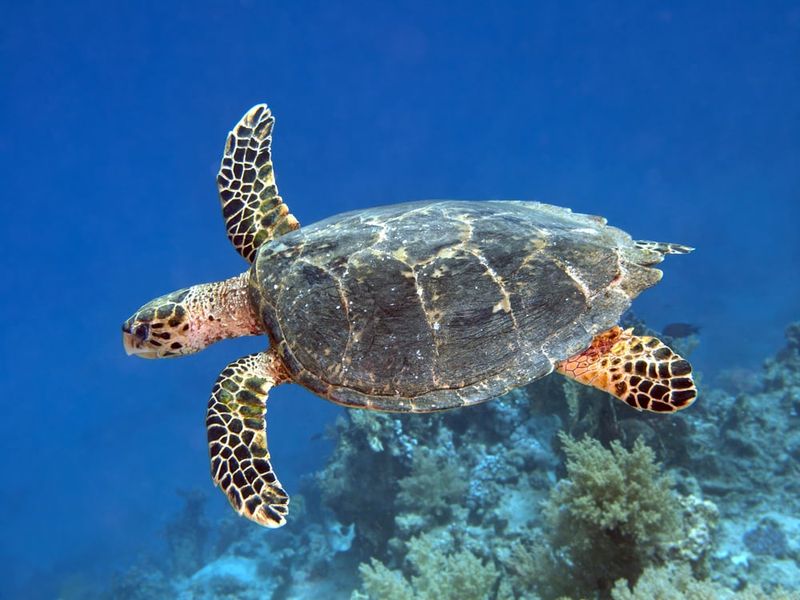
Swimming the tropical oceans for 100 million years, hawksbill turtles now face extinction. Their beautiful shells, which form a pointed beak resembling a hawk’s bill, have made them targets for the illegal wildlife trade.
Female hawksbills return to their birth beaches to lay eggs, a journey becoming increasingly dangerous. Climate change affects sand temperatures, determining whether hatchlings become male or female, further threatening population balance.
11. Pangolin

Covered in scales made of keratin, pangolins look like walking pinecones. These shy, nocturnal animals roll into tight balls when threatened, protecting their soft underbellies.
All eight pangolin species face extinction due to rampant poaching. Their scales are used in traditional medicines, despite having no proven medical benefits. They’re now considered the most trafficked mammals in the world.
12. California Condor
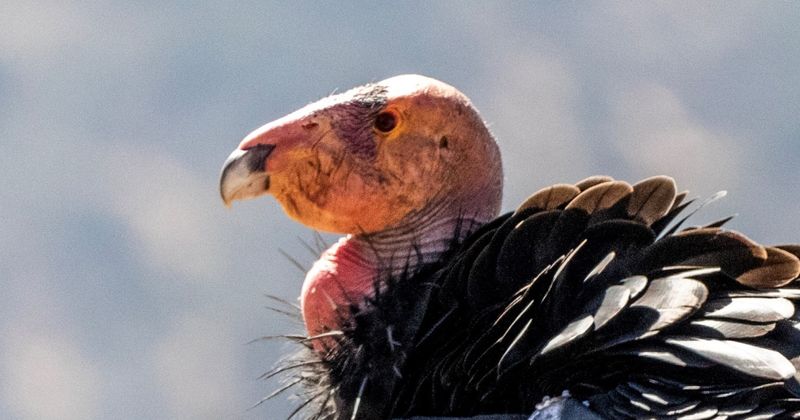
With a wingspan stretching nearly 10 feet, California condors soar on thermal currents searching for carrion. In 1987, only 22 remained alive, prompting an aggressive captive breeding program.
Today, about 500 exist, but they still face threats from lead poisoning when they consume bullet fragments in animal carcasses. These majestic birds can live 60 years and mate for life.
13. Gharial

Male gharials sport a bulbous growth on the tip of their snouts, resembling a clay pot or “ghara” in Hindi. These freshwater crocodilians have extremely thin snouts lined with 110 interlocking teeth designed for catching fish.
Fewer than 1,000 adult gharials survive in Nepal and northern India. River pollution, dam construction, and fishing nets have reduced their numbers by 98% since the 1940s.
14. Ili Pika

Looking like a cross between a rabbit and a teddy bear, the Ili pika wasn’t discovered until 1983. Native to remote mountain regions in northwestern China, fewer than 1,000 remain.
Climate change forces these adorable mammals to move higher up mountain slopes as temperatures warm. The charming creatures with teddy bear faces and round ears live in rock crevices and feed on grasses and herbs.
15. Addax Antelope
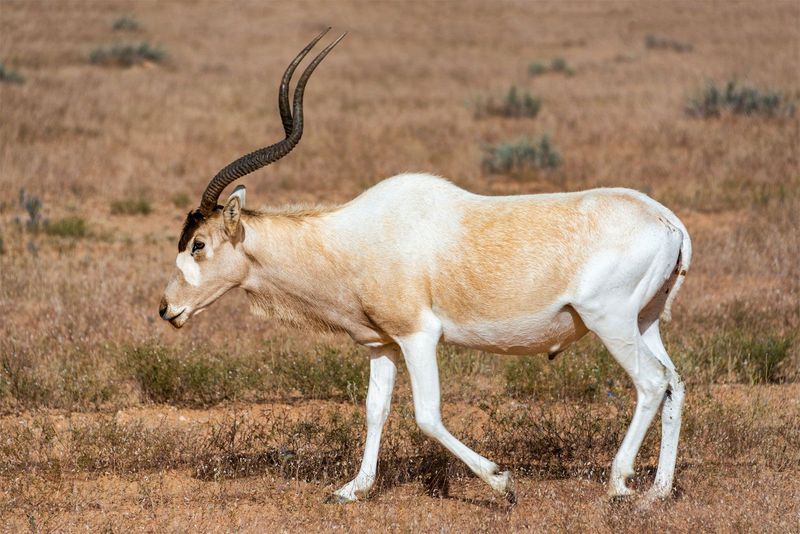
Perfectly adapted for life in the Sahara, addax antelopes can survive their entire lives without drinking water. Their twisted horns and white coats reflect heat, while their splayed hooves help them walk on sand.
Fewer than 100 wild addax remain, mostly in Niger. Civil unrest, hunting, and oil exploration have devastated their population. Their ability to extract moisture from desert plants makes their survival skills remarkable.




